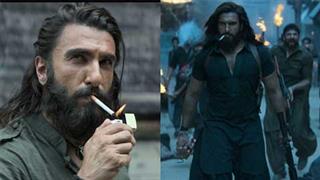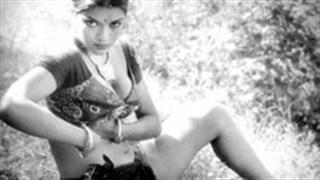Oscar winner Resul Pookutty is an exception. Sound engineers take away rough edges from flat voices, add pauses and oomphs to songs, but hardly ever get credit for their work, rues Satish Gupta who gave his magical touch to hits like "Bheege honth tere", "Sandese aate hain" and "Kaho na pyaar hai".
"Normally if a song becomes a hit, credit goes to the music director and the lyricist. But the crucial role of the sound engineer is rarely recognised, " Gupta, who was in his hometown to assist an 80-minute live audio-visual spectacle "Mohabbat the Taj" at the Kalakriti auditorium, told in an interview.
Gupta says neither singers nor composers rehearse before the recording thanks technological advancement and a sound engineer has to do all the dirty work.
"Unlike earlier years today we use a lot of technology. We no longer have huge orchestras to be managed because rarely do we go for direct recording. It's all dubbing and lipsing before the cameras. The real work is done in the studios by sound engineers who edit and add a lot of colour, effect, pause and oomph that add to the moods and build the required ambience and feel for a song, " he said.
Gupta feels his art is essentially an engineering job which requires him to use the latest audio gadgetry, computer software and sophisticated sound equipment. He, therefore, prefers to be called an engineer and not a recordist.
"It's so because I chisel the rough edges out of flat voices and make them compatible with the requirements and mood of the song. It is an engineering feat that combines elements of creativity and art."
From 1969 to 2009 Gupta has seen the inroads technology has made, live orchestra, analogue to digital. He feels that technology has made artists dispensable.
"Unfortunately these days the individuality of artists and composers is getting lost as film music is becoming too technology-dominated, perhaps an influence of Western music. The basic music is dying. Computers and synthesisers are being widely used, forcing many musicians out of job. 'Rikshey chala rahe hain woh log' (they are now working as rikshaw-pullers)."
"The sound dimensions have multiplied and music has become convenient, fast, affordable with less effort. Earlier, work had to be completed in one go, now no rehearsals are required to record songs.
"The result is that A is as good as B, C or D and one can be replaced by another. That's the reason you have so many singers today. Recordings are not cancelled. Substitutes are easily available."
Gupta says music is more dance- oriented now; "hiphop, rock, melody is out, no soft music left now. Melody in a song helps to retain and recall from memory the songs you love to sing in your 'tanhai' (solitude)."
When Gupta left the Maithan mohalla of Agra in 1969 to join a course in sound engineering at the Film and Television Institute of India, Pune, no one thought he would one day become Bollywood's top sound engineer without whose assistance the likes of Lata Mangeshkar or Asha Bhosle would hesitate to record songs.
Gupta completed his course in 1971 and was lucky to get a break with RK Films and Studios straight away, meeting Raj Kapoor and Alauddin Khan sahib, his guru. Later he joined the Shakti Samanta camp as dialogue recordist.
But since producers were not good paymasters, he joined a pharma company as an audio-visual engineer. Destiny forced him to return to Bollywood courtesy Joe D'Souza and since then there's been no looking back.
"I have worked with legends like Khayaam, Naushad, O.P. Nayyar, Shankar Jaikishan, S.D. Burman, Kalyanji Anandji, Vasant Desai, " he said.
He looks back with satisfaction as he shows his bundle of trophies - he won four Zee Cine awards for "Border" "China Gate", "Kachche Dhage", and "Kaho Naa... Pyaar Hai" for best song recording and four IIFA awards for "Murder", "Koi... Mil Gaya", "Kachche Dhage" and "Kaho Naa... Pyaar Hai".
We don`t get our due: Bollywood sound engineer
Monday, September 07, 2009 10:29 IST

















